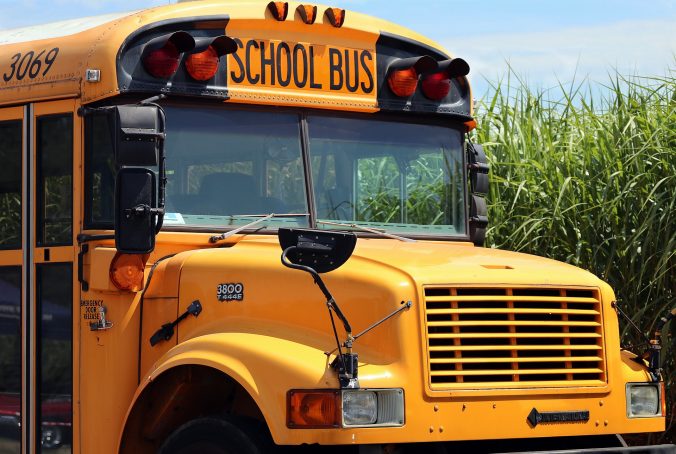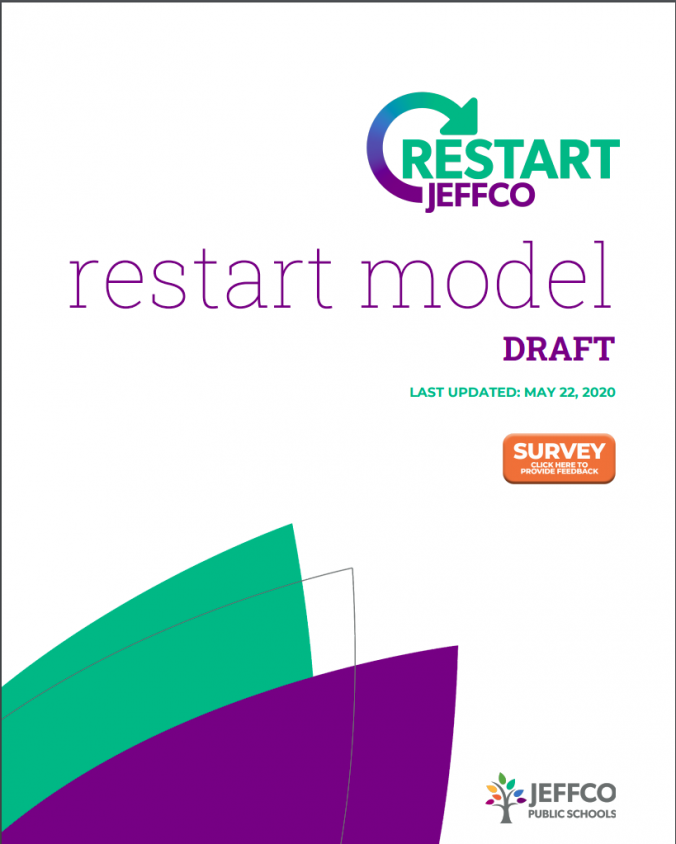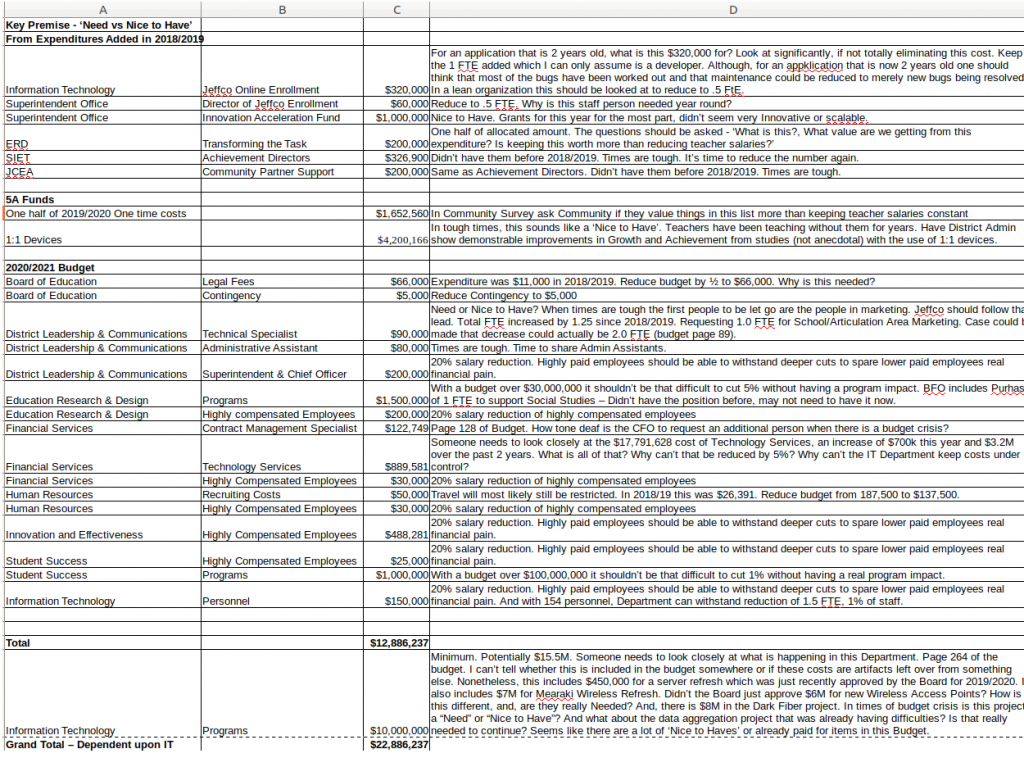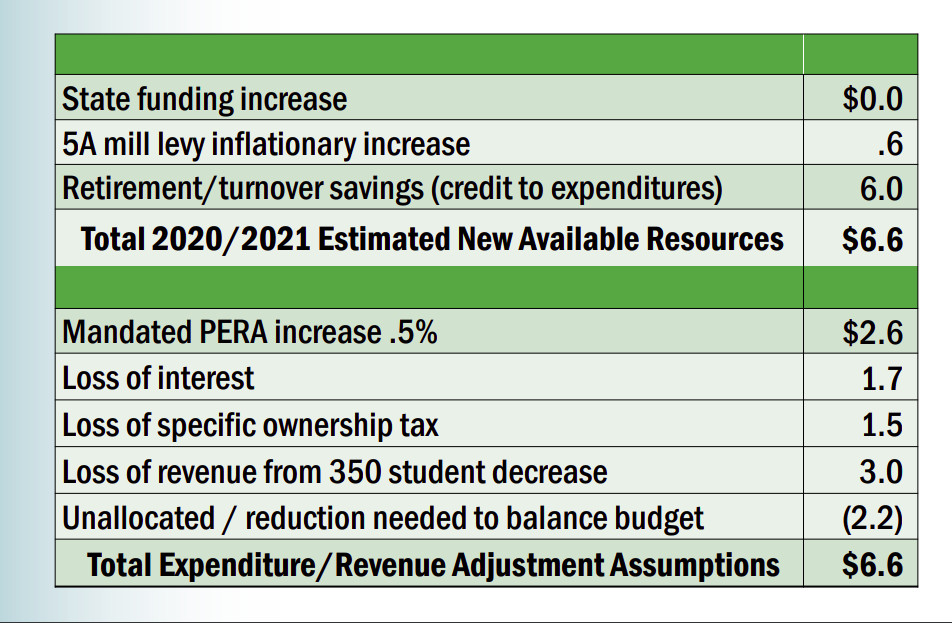This past Wednesday Jason Glass and his staff presented their ‘DRAFT’ Fall Restart plan to the Jeffco Board of Education.
To put it mildly, the ‘Plan’ was, as expected, a disaster. In fact, it wasn’t a plan. It was more like a few general and high-level concepts. And, as previously pointed out, there was no discussion in the ‘Plan’ regarding the myriad education related issues.
There
was no discussion of educational best practices, standards for
teachers or standards for students. It didn’t discuss how the
District will know if ALL teachers are doing their jobs and doing
them effectively. It didn’t discuss how the District will identify,
motivate and train poorly performing teachers, before kids are
negatively impacted. It didn’t discuss how or when the District
will know if students are learning at the same rate as they did in
the pure classroom model. It didn’t discuss how low
performance/growth will be corrected. It didn’t discuss the
projected impacts on achievement. It didn’t discuss how the
District will know if students are even attending class, particularly
since the currently used ‘engagement’ standard is worthless.
It
was only after Susan Miller asked several education related questions
that we heard some of what Glass and the District were thinking. We
heard that testing would be conducted early in the semester, we heard
about the possible use of Flipped Classrooms, we heard that the
District may consider teaching fewer subjects simultaneously but for
longer times in a Block model and we heard that the District is
considering identifying teachers who are good at Remote Learning for
teaching students who will not physically come into the school.
All
of that sounds good, from a high-level.
But
Glass and Jeffco don’t have a lot of time. They need to use
resources effectively. Glass always talks about innovation, it’s
time he shows some of that innovation! Just as importantly, Glass and
the District need to maximize their resources, including time.
Jeffco
infamously prides itself on local control. However, in this pandemic
period, it’s time for the District to consolidate resources and
exercise central control over teachers and curriculum.
To
put it mildly, the upcoming semester will be a nightmare for
teachers. Teachers will either be teaching remotely or teaching using
a hybrid model. Again, on the surface, that sounds good, but in
practice how does that work out for students? What are students doing
on the days they are remote but the teachers are devoting their
attention to the students in the physical classroom? Personally, I
don’t see that working well, unless everyone is willing to concede
that the amount of material covered during the course of a semester
will be significantly decreased. Another possibility would be team
teaching. That could work out nicely for the A/B model, but in the
A/B/C or A/B/C/D models the remote teacher would likely become the
primary teacher.
The
Flipped Classroom offers some possibilities, but when do teachers
have time to create those needed videos while also doing the
in-classroom teaching? Shoot the video during the in-classroom day is
a possibility, but an awful amount of equipment will be needed
District wide for this.
I
just don’t see this working well and I suspect teachers will tell
Glass and District staff this is going to be unworkable.
However,
another possibility exists. Why can’t the District choose some of
the best teachers and pay them, over the summer, to create the
Flipped Classroom curriculum and record lessons? This is incredibly
efficient and relieves a tremendous amount of stress on teachers.
Instead of potentially 100s of teachers individually performing the
exact same task, at varying degrees of competency, the District now
has a uniform standard for what is taught. This material can now be
delivered to every student on the same day so that students will be
learning at the same pace. There’s a lot to like about this model.
To
take this a step further, Kris Schuh has said that Jeffco has been
meeting with other Front Range school Districts. Why not share some
of the Flipped Classroom curriculum development with them? Again,
this would maximize the use of resources and reduce individual
Districts’ costs. There are some drawbacks to this approach, but it
is something to consider.
In
addition, there are consulting firms with experience in curriculum
development. One example would be the curriculum developed for
EngageNY.
In
any case, time is of the essence. Chaos, low quality and low
standards will ensue in the fall if the current incarnation of Remote
Learning, morphed into Hybrid Learning, is allowed to continue.
Another
area ripe for Innovation in the Hybrid Learning Model proposed by
Glass is the sharing of teachers across schools. Right-sizing
classroom sizes may be difficult due to some students preferring the
Remote Learning model over the Hybrid model. This will most likely
result in significant resource allocation issues for individual
principals, especially at smaller schools. Why not share teachers? In
essence a remote teacher could teach students from more than one
school. To avoid total confusion schools could pair up with a single
other school so there would be some consistency for the students in
who they interact with. This could even be framed as an exchange
program.
There
has not been a more appropriate time for Innovation. Does Glass have
what it takes to walk the walk? Or, let’s hope the teachers are
more innovative than Glass has been with the worthless Restart Plan
he presented to the Board on Wednesday.








